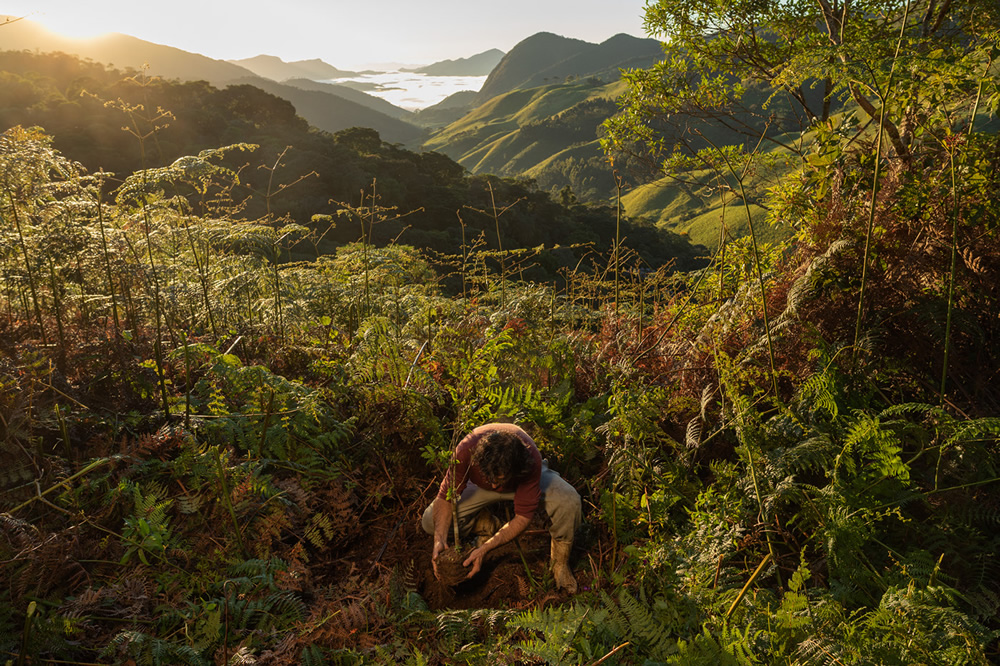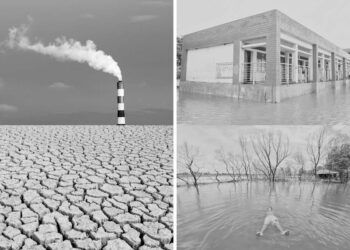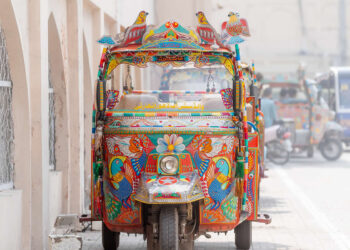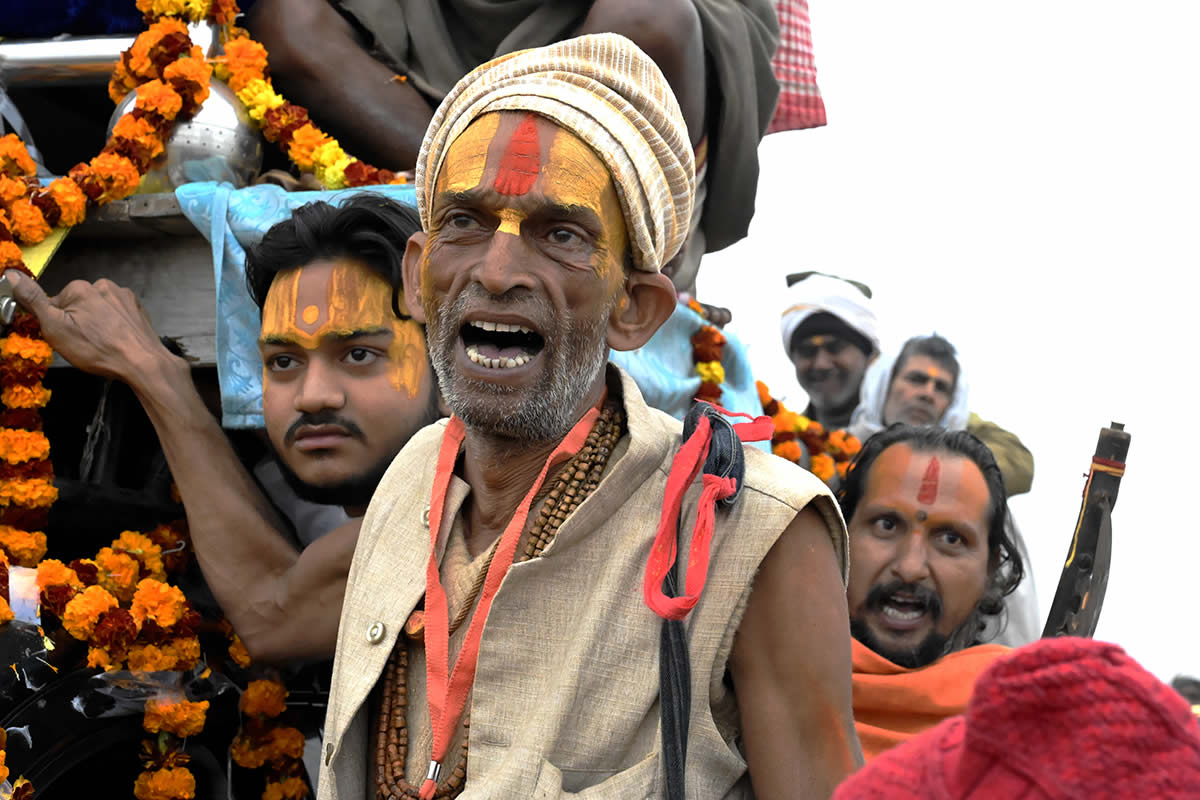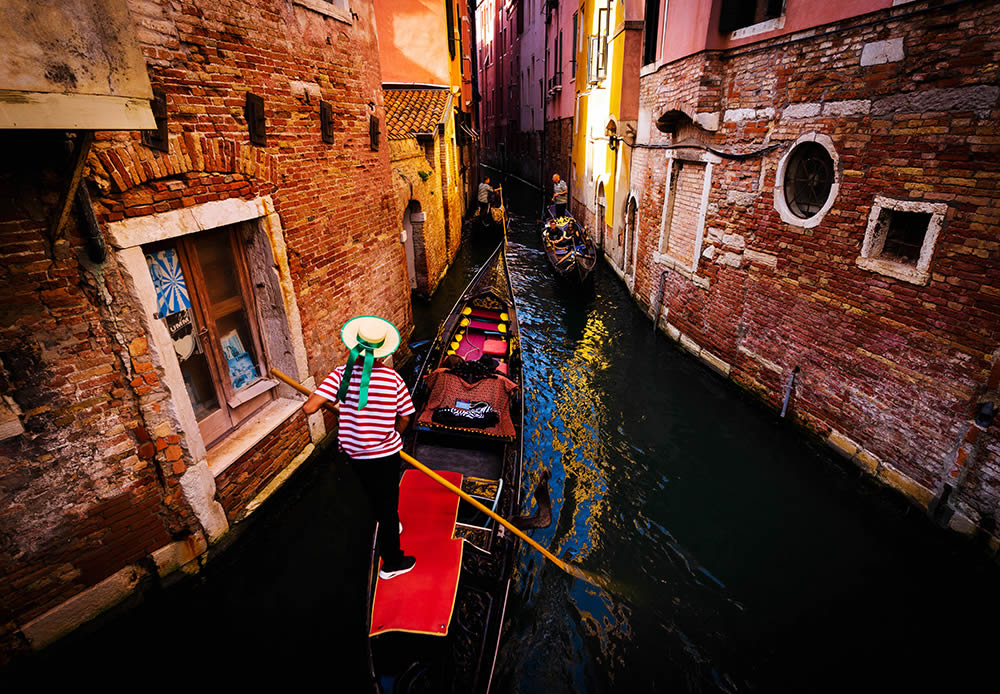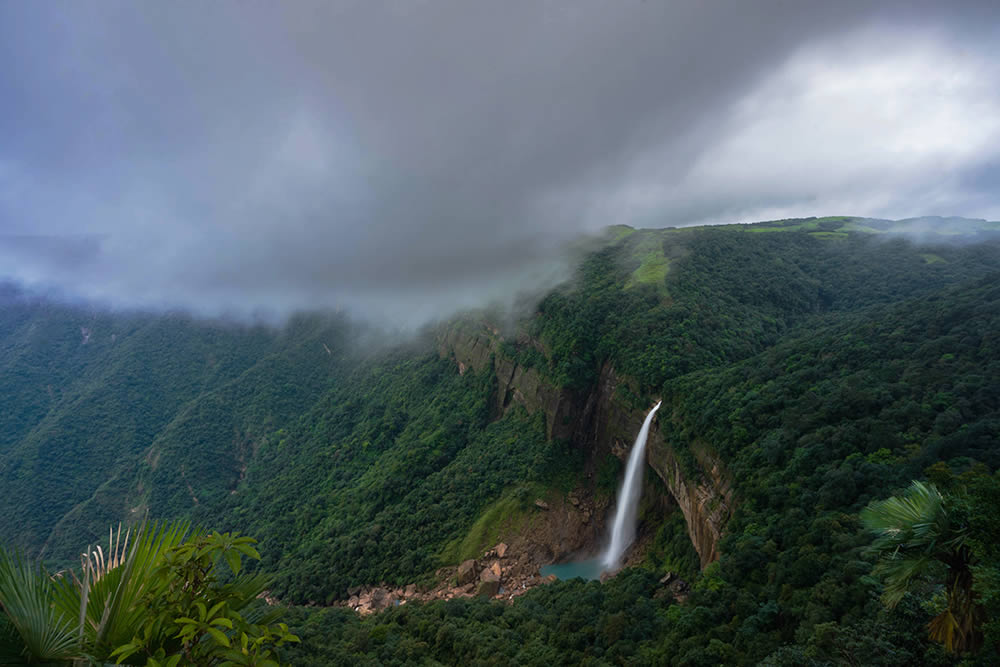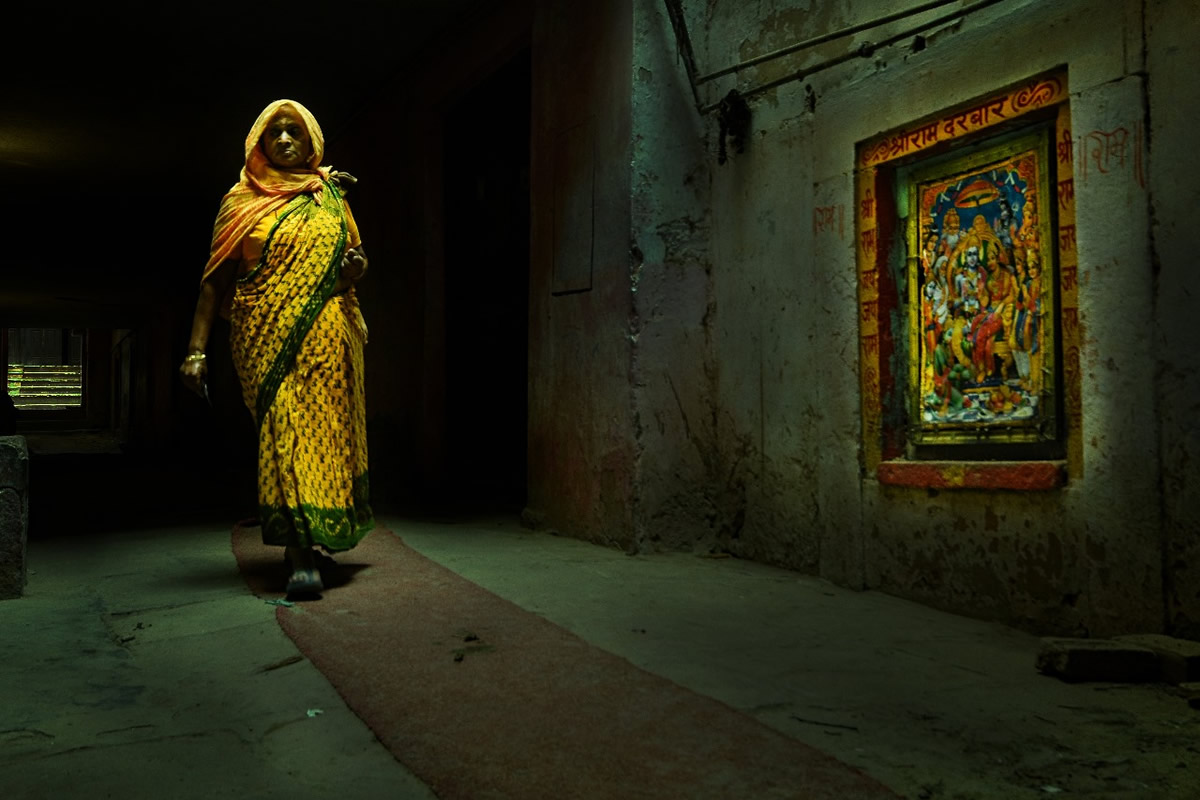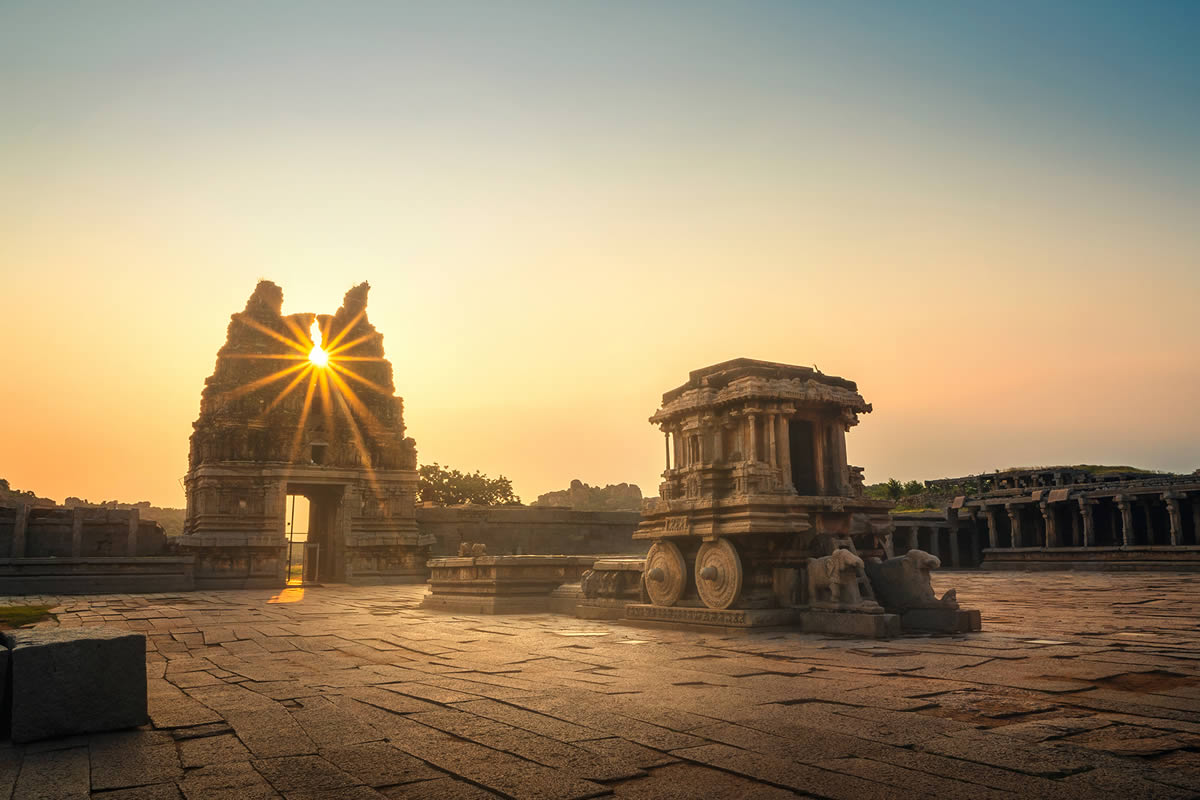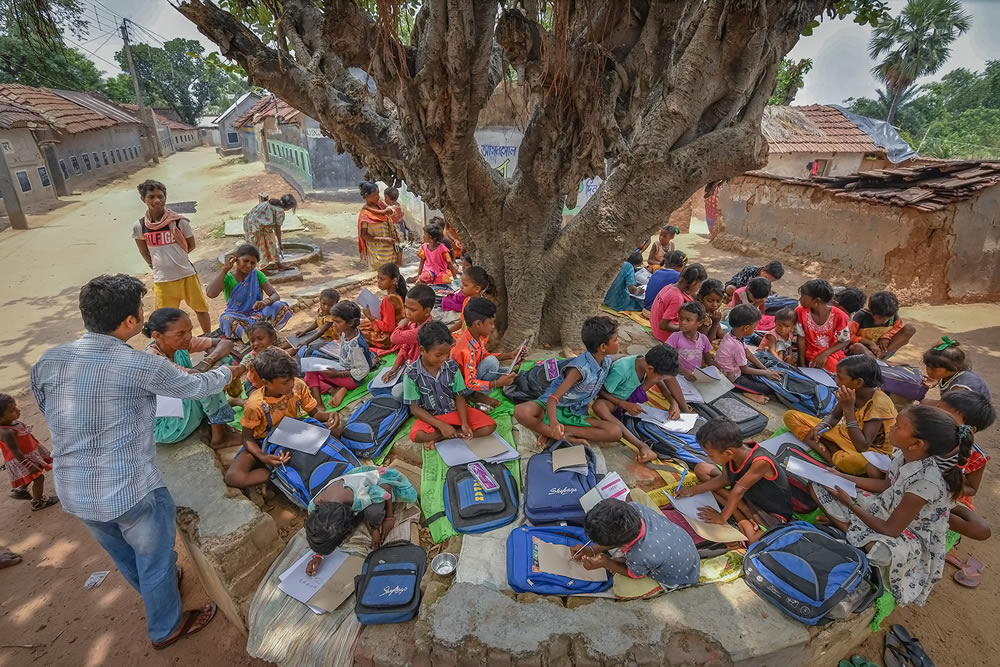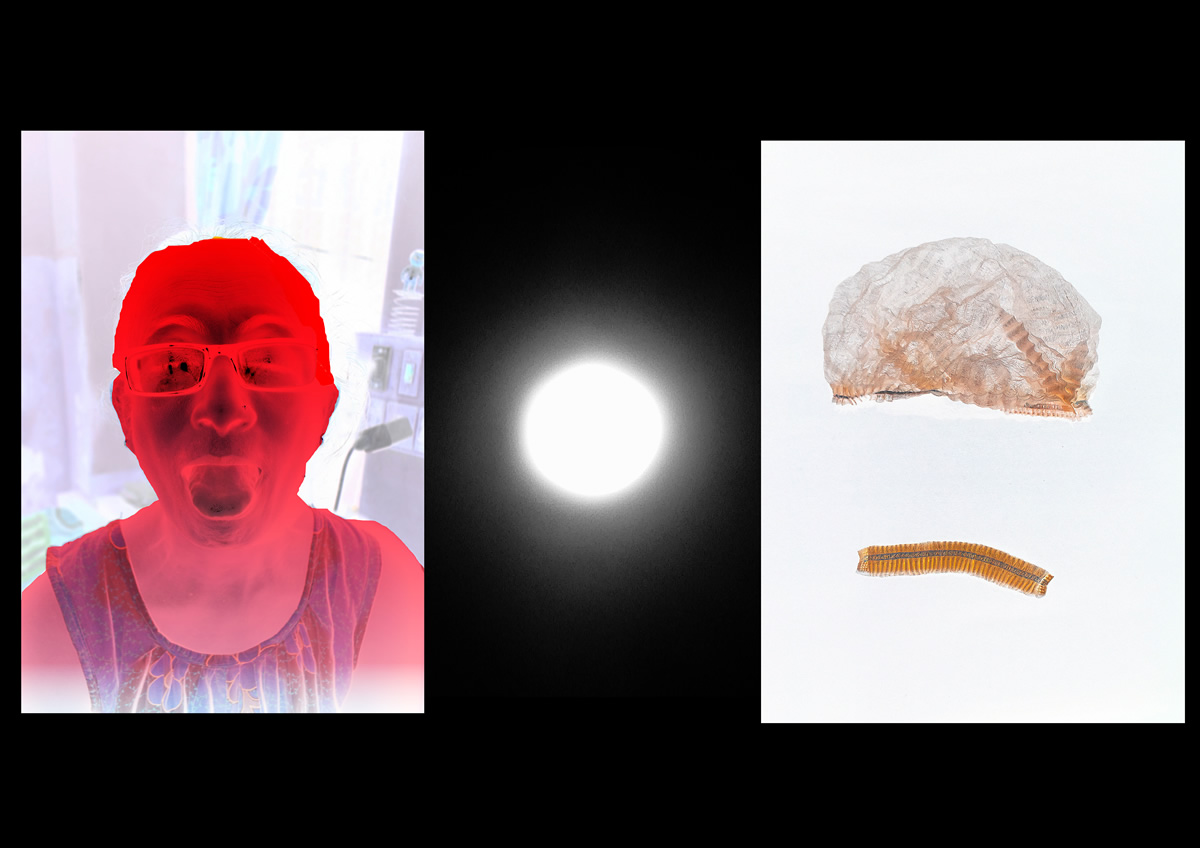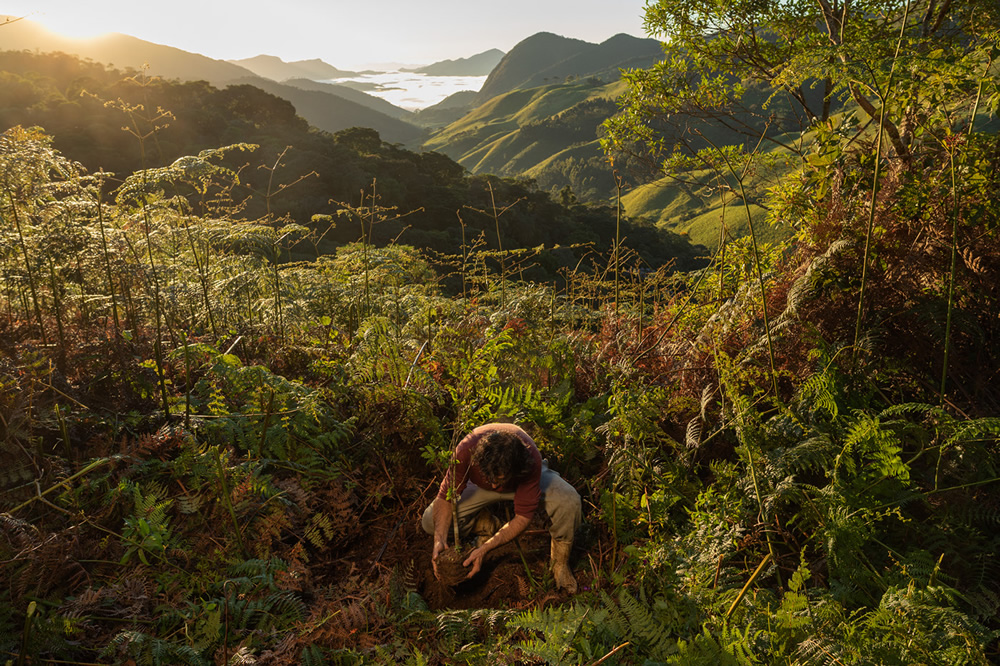
The Atlantic Forest, known locally as Mata Atlântica, is Brazil’s richest and most threatened forest land. At the Mantiqueira Mountains (Serra da Mantiqueira), not far from the country’s largest urban centres, some are leading by example and getting their hands dirty to restore the past and sow the seeds of the future.
There are people committed to forest growing. In the Bocaina de Minas municipality – located partly inside the Itatiaia National Park, the first of its kind in Brazil, created in 1937 – there are at least three distinct initiatives of forest regrowth that resulted in verifiable outcomes for the restoration of wildlife and the natural springs.
Text and research by Guilherme Russo
Photos by Renato Stockler

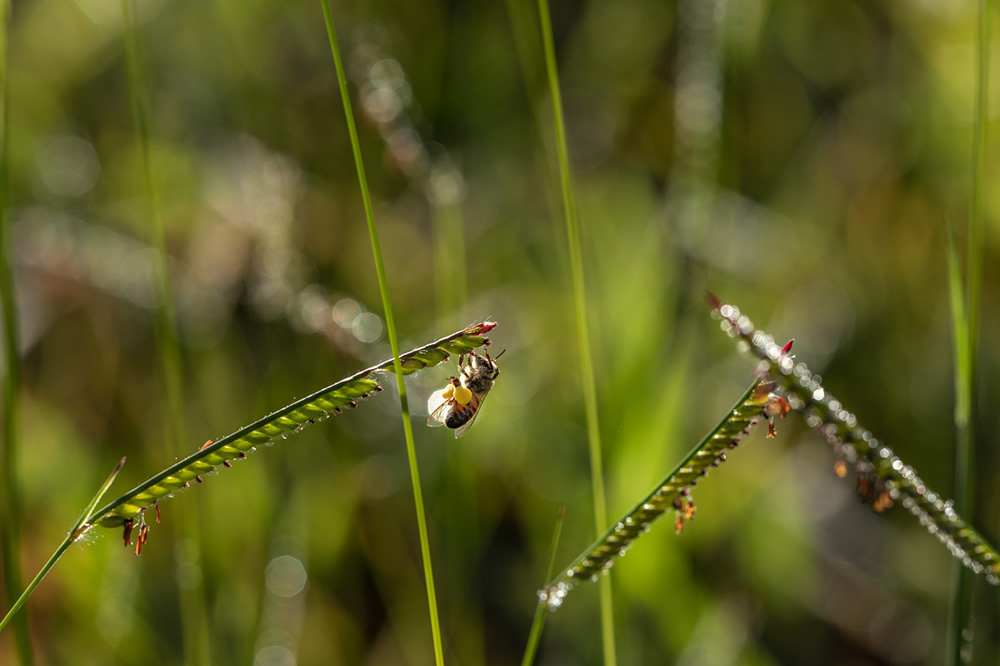
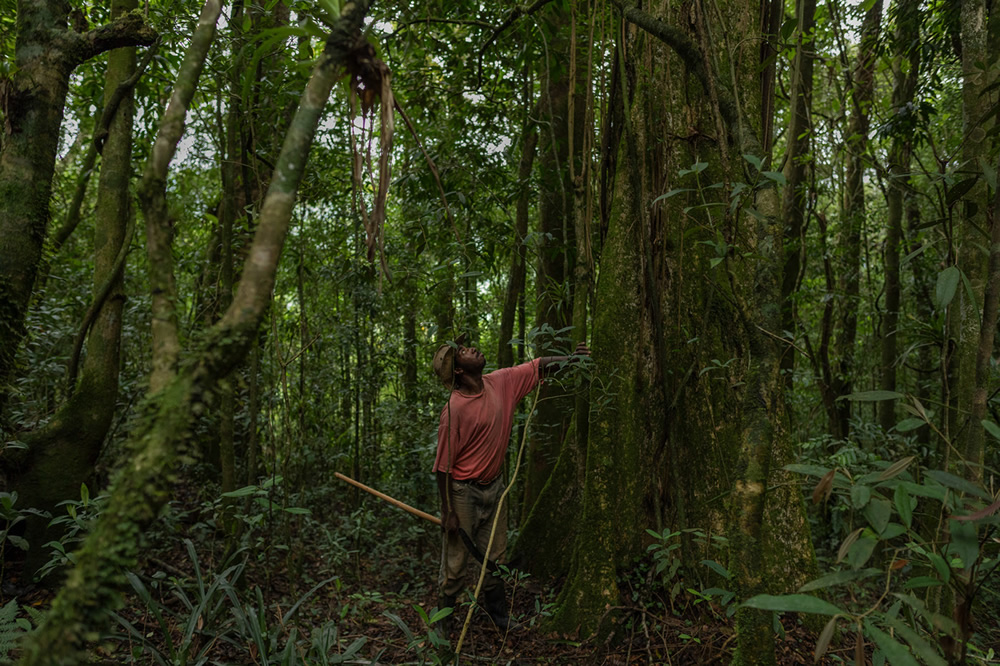
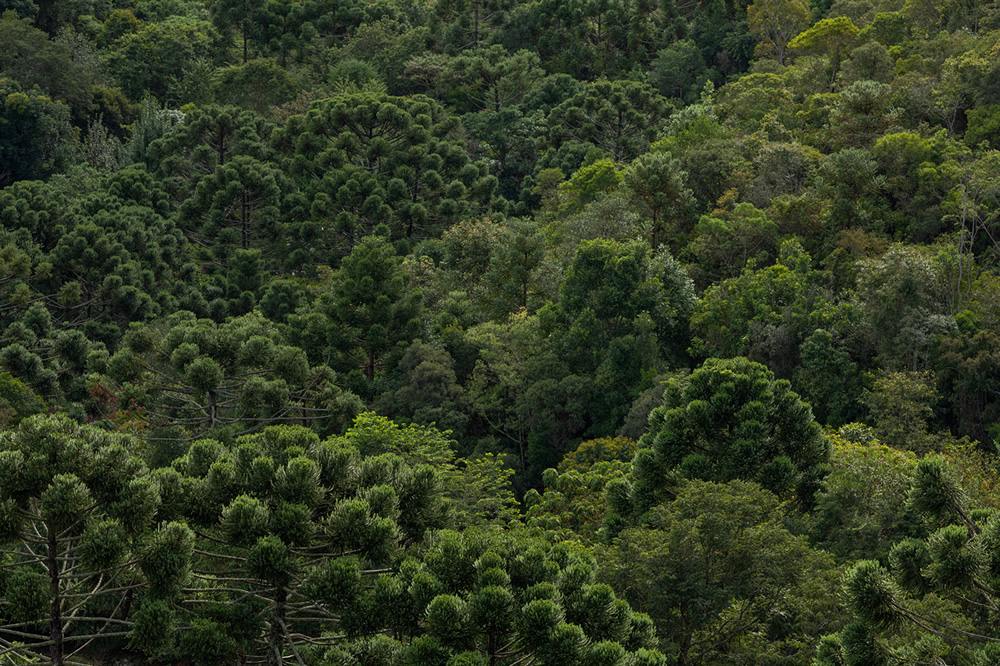
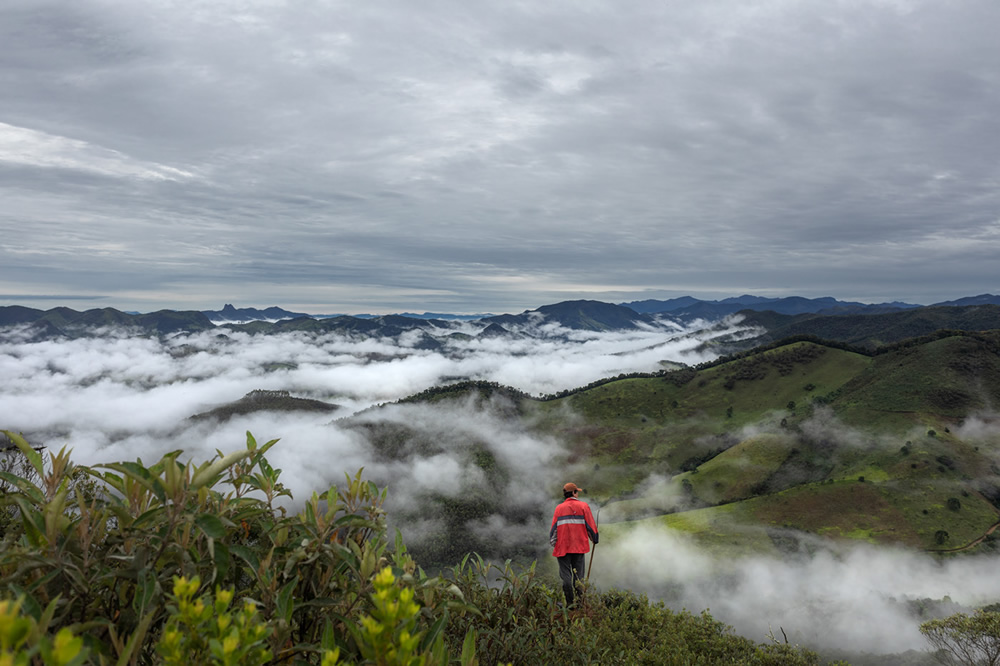
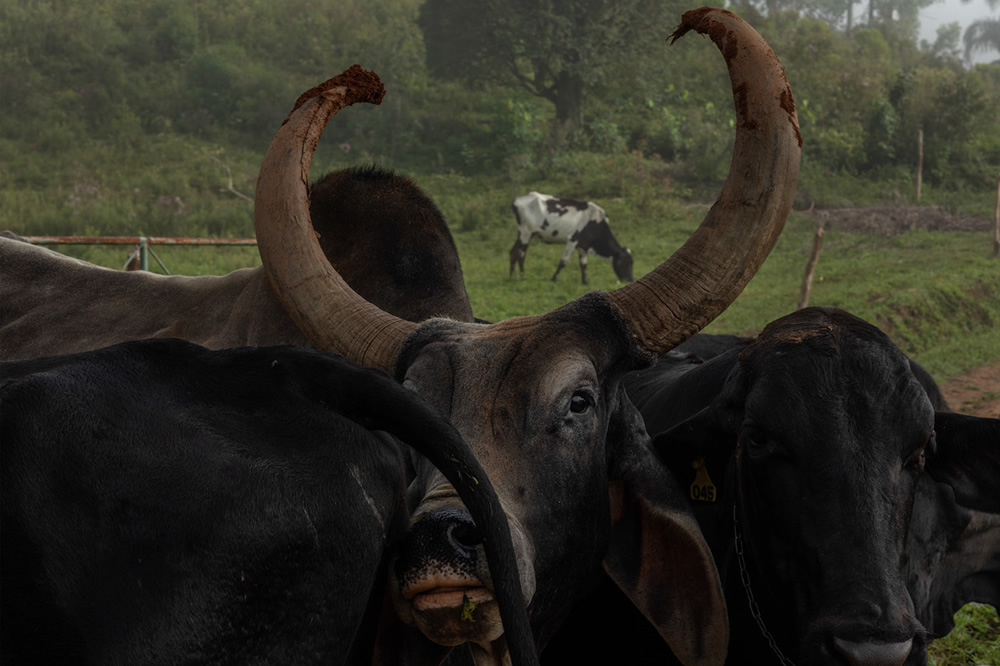
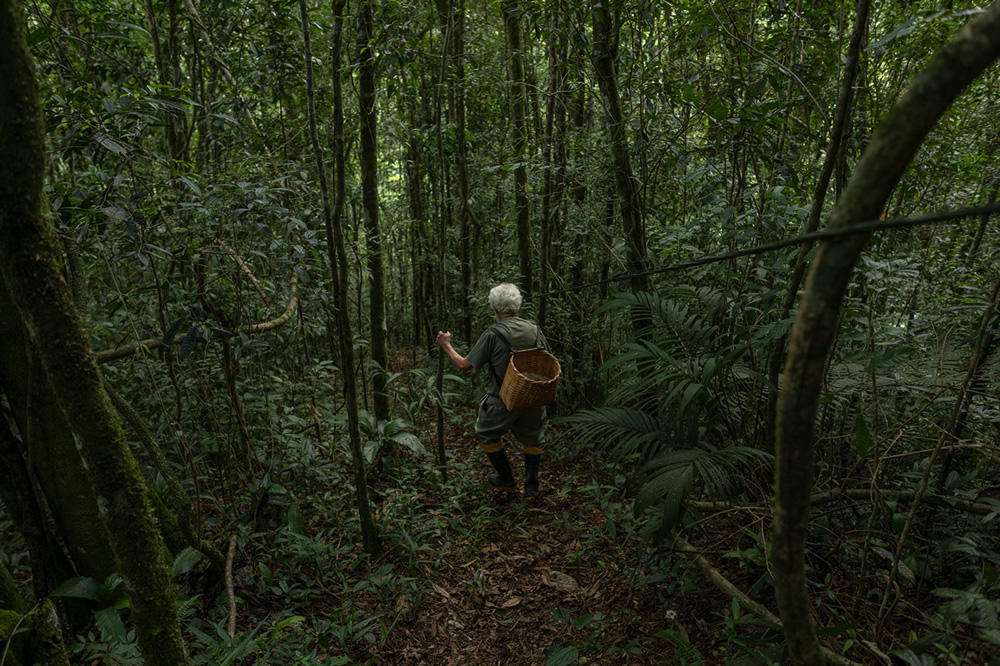
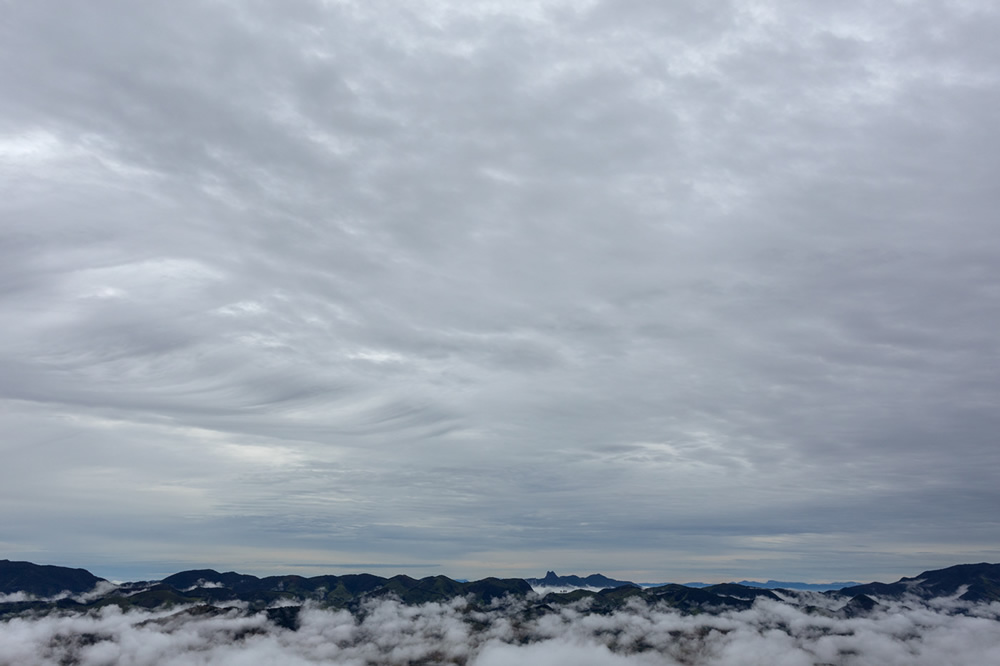
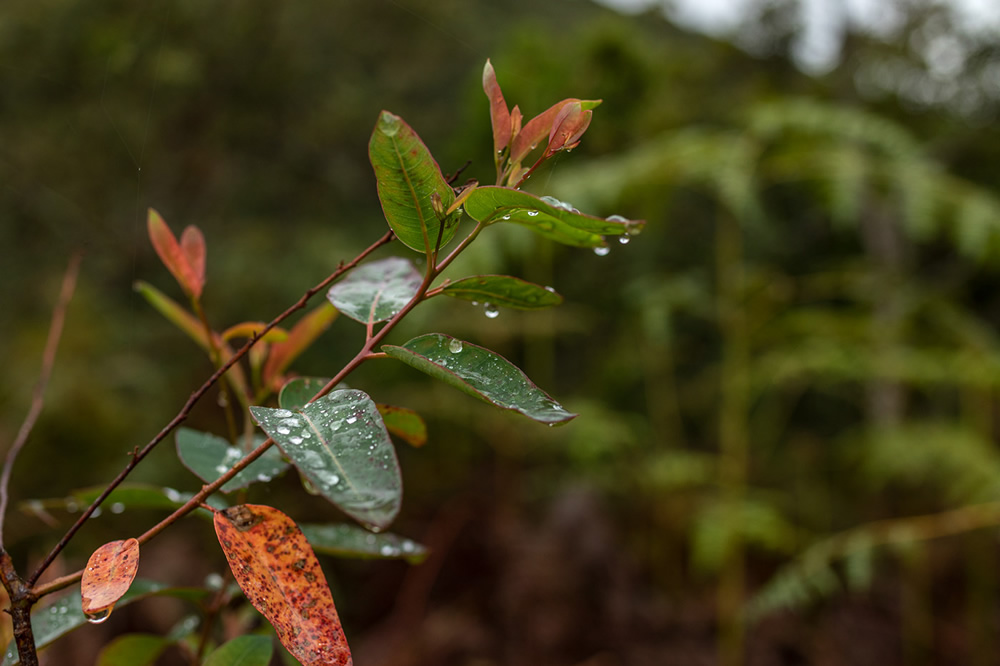
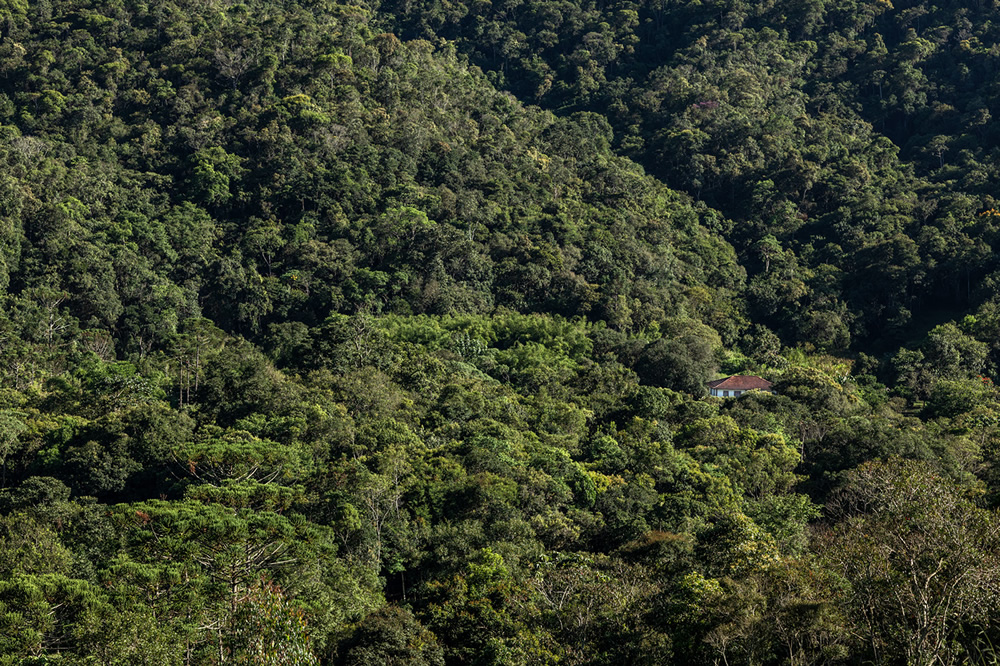
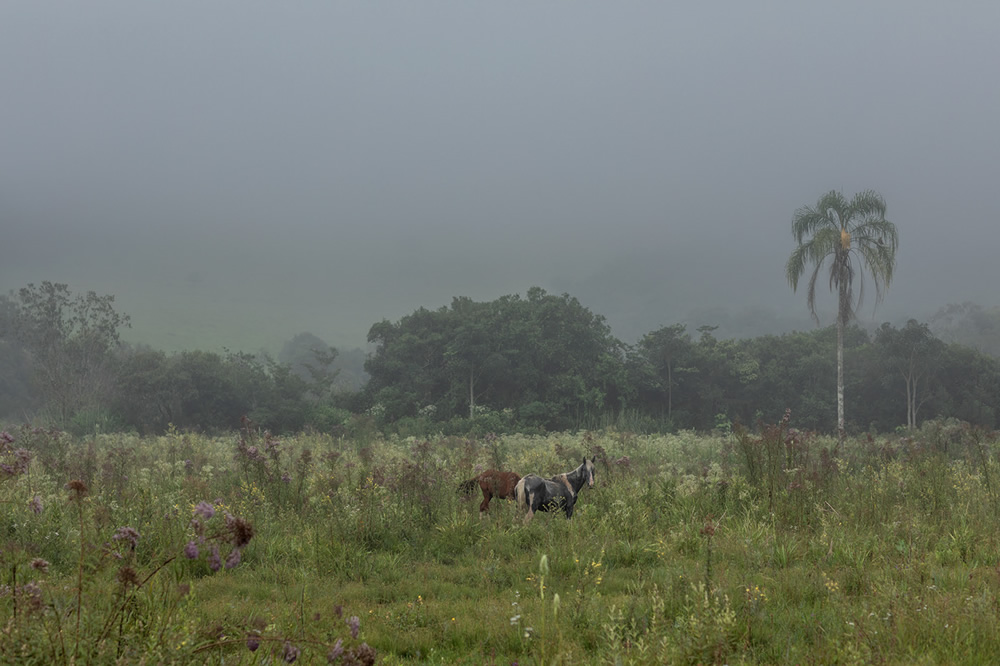
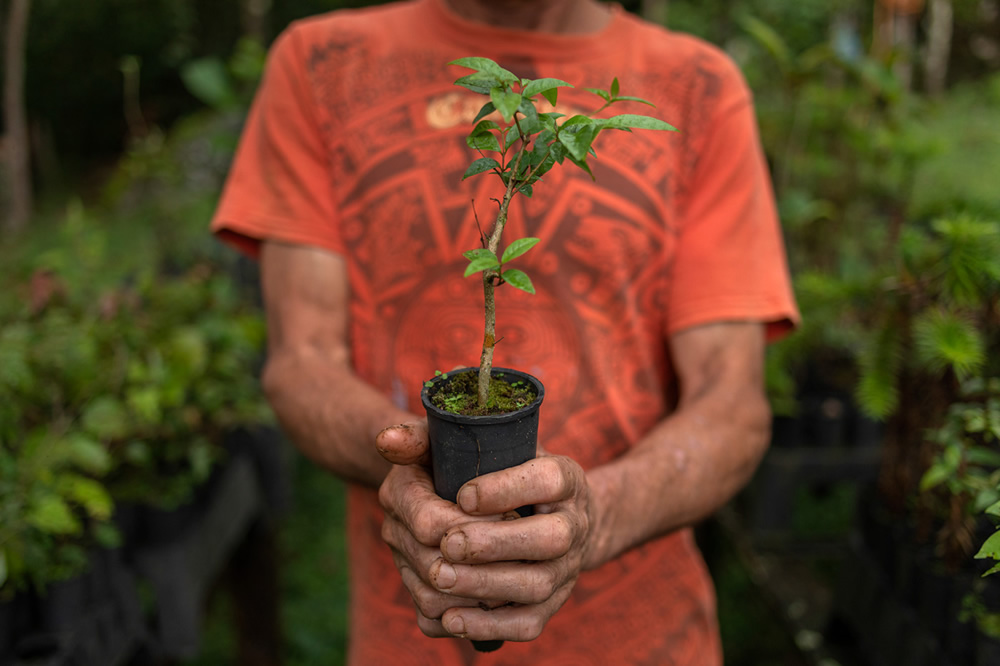
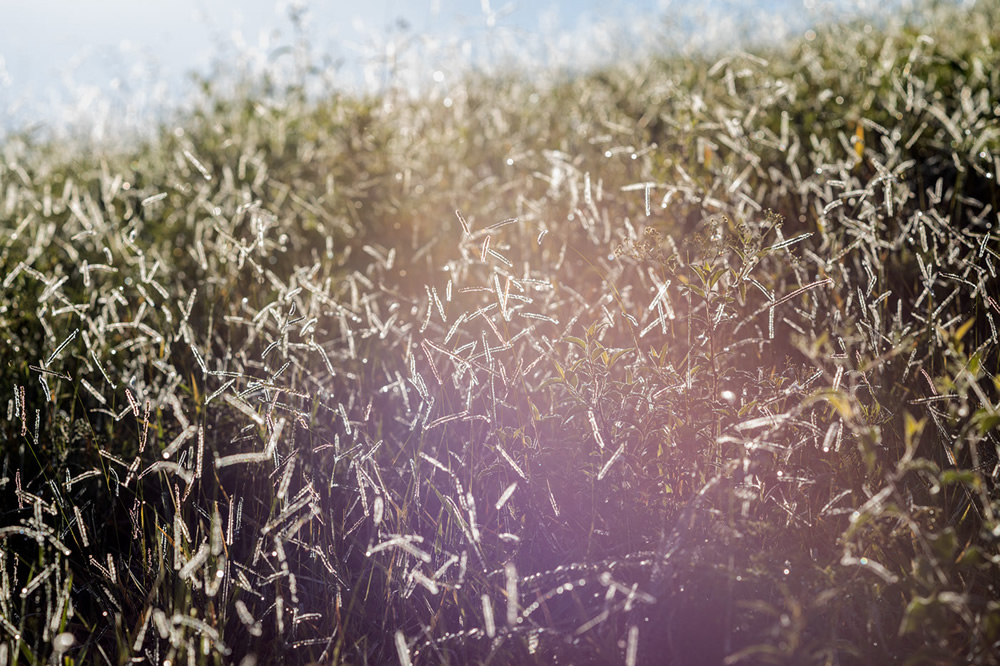
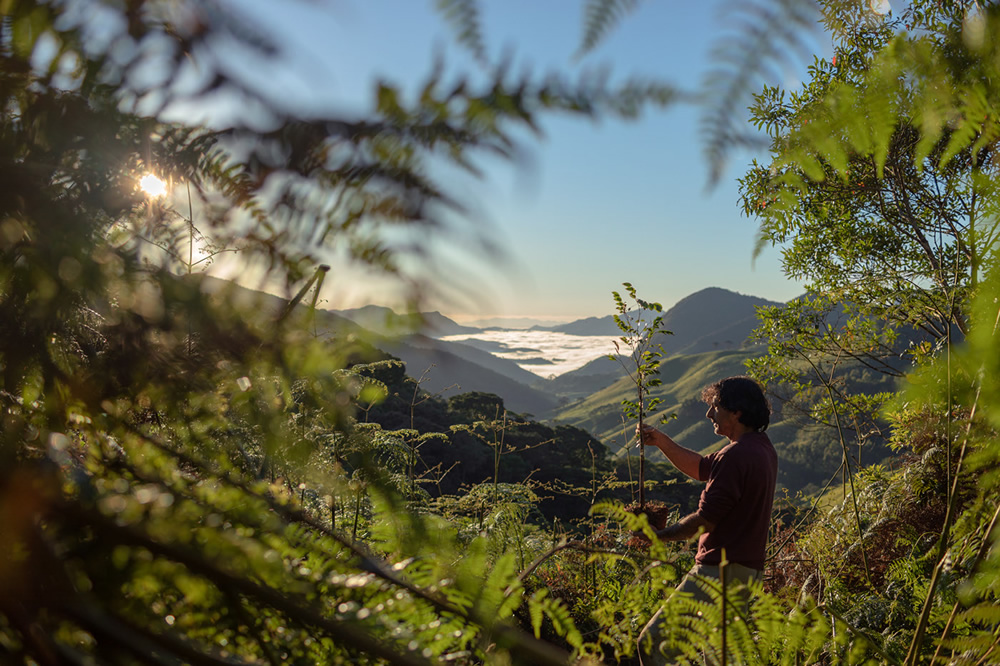
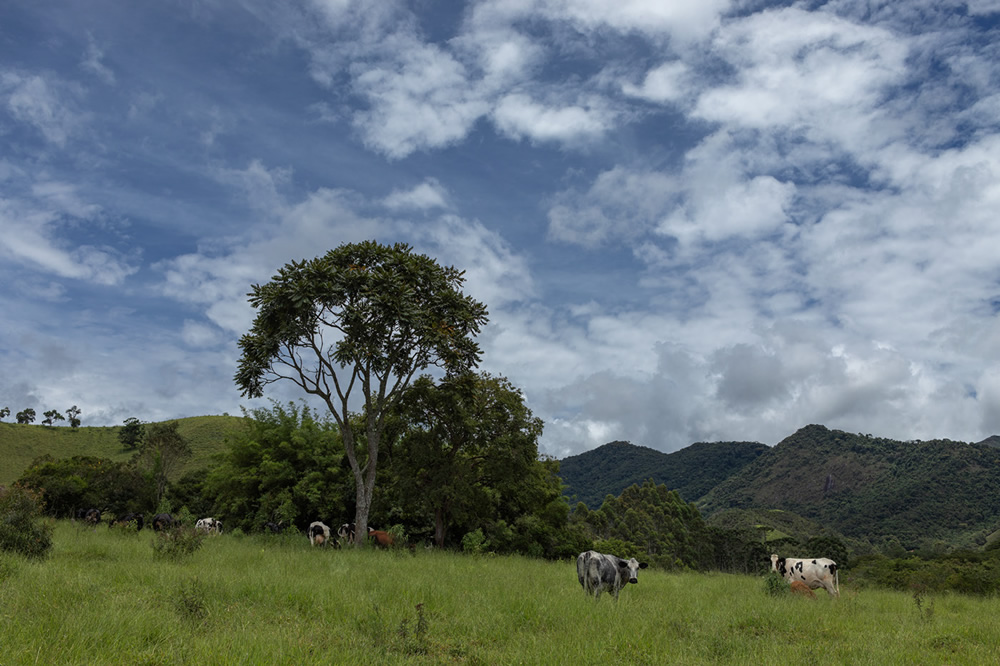

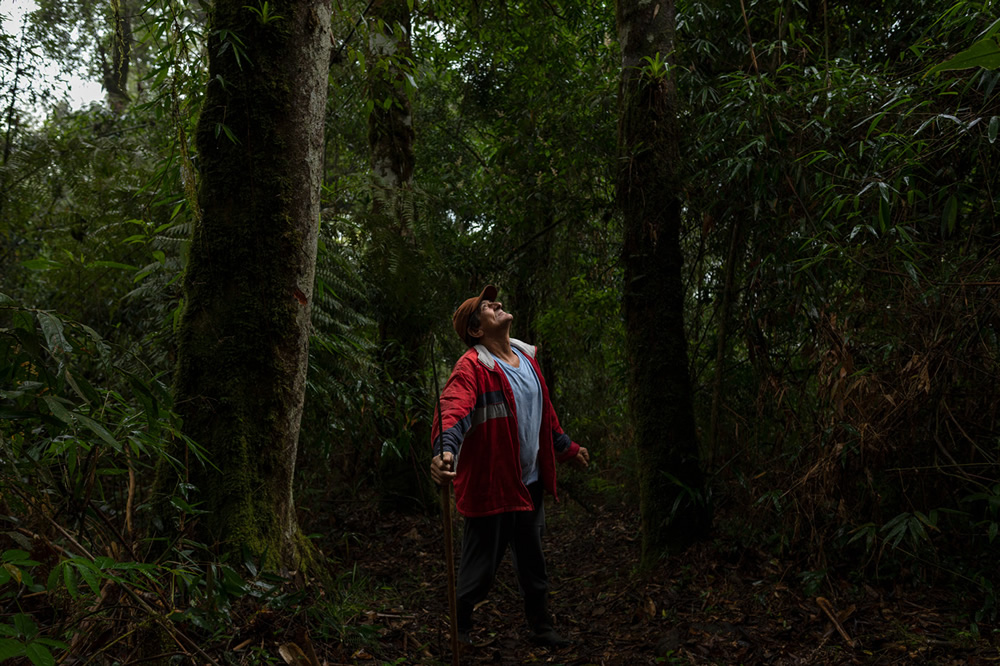

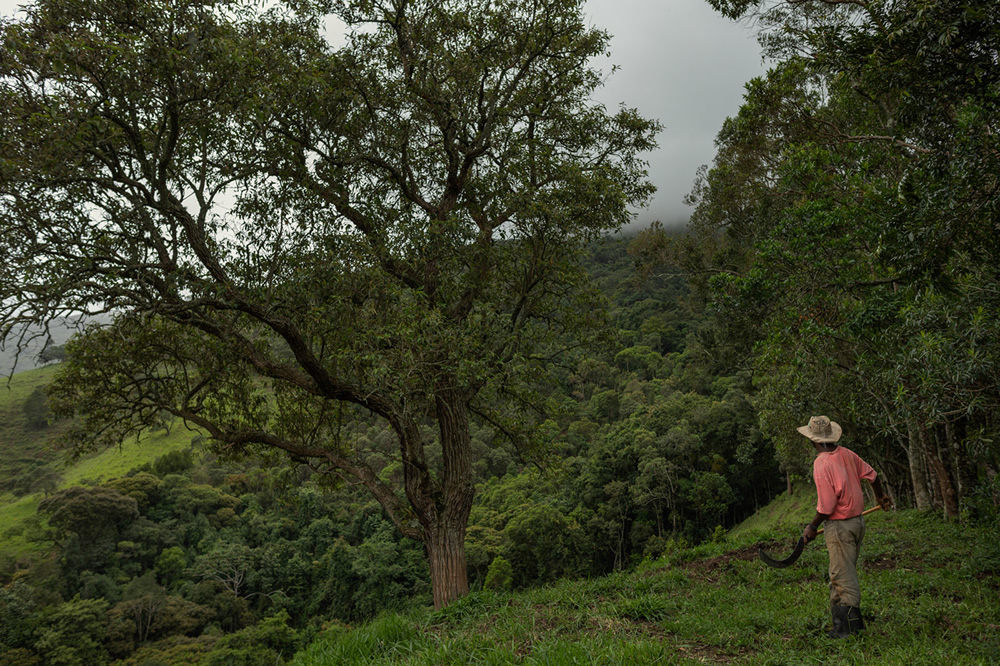
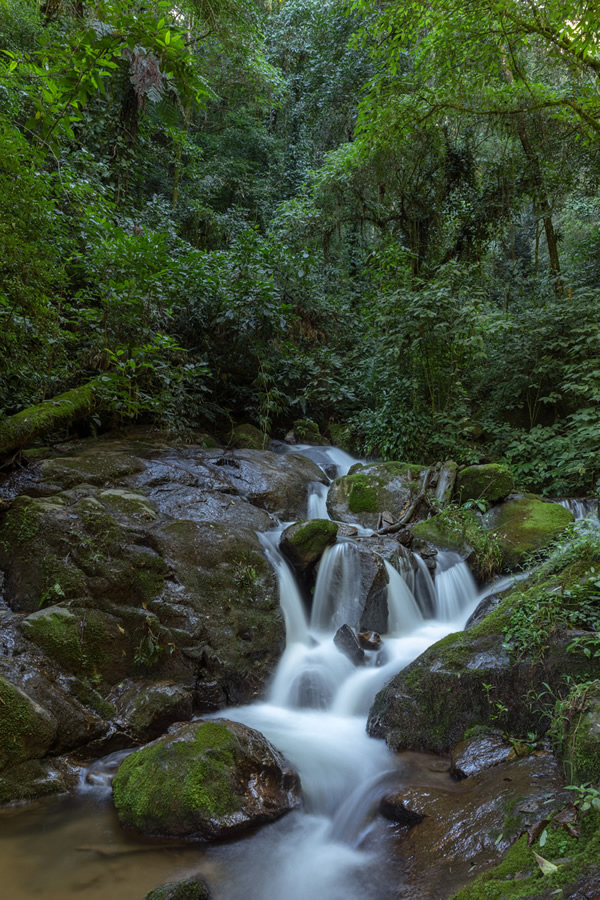
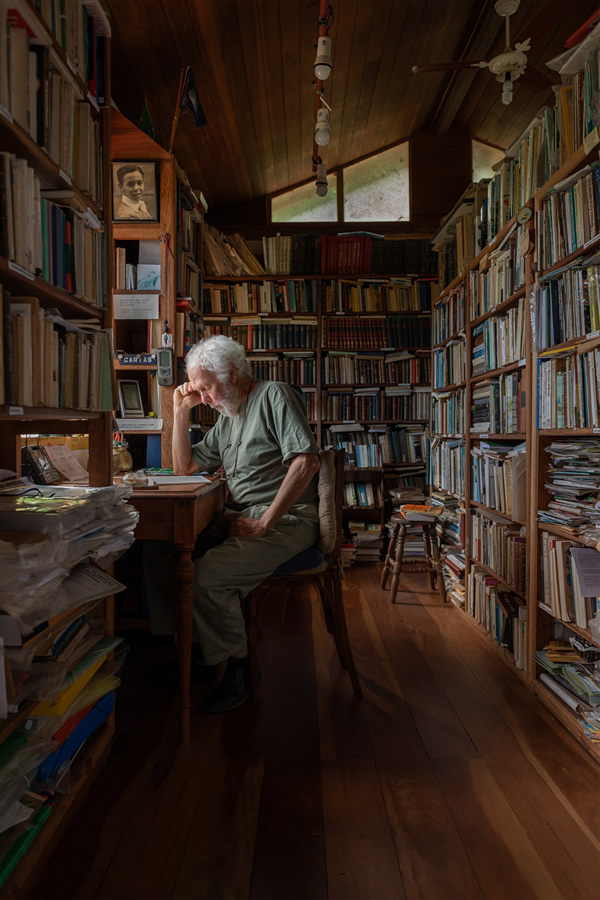
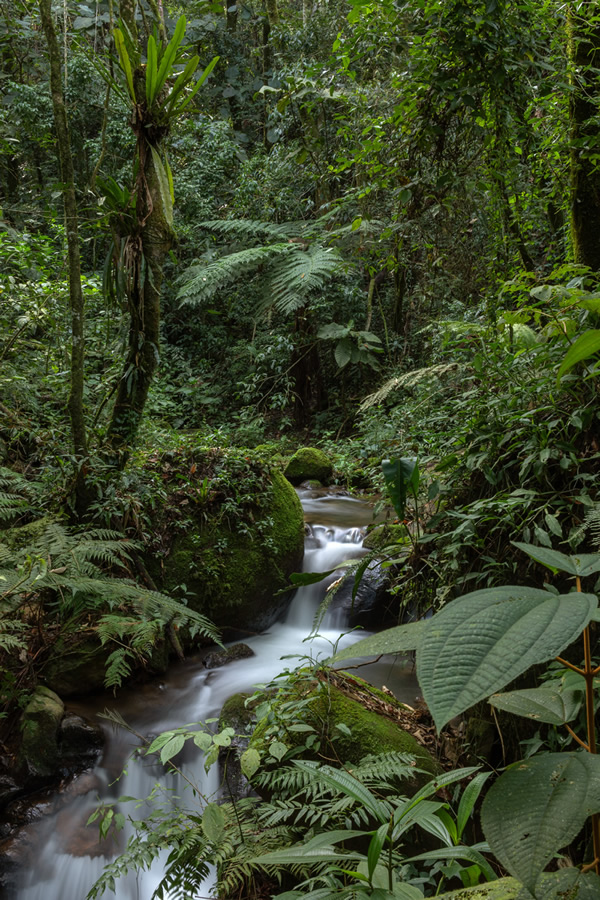

About Renato Stockler
After an intense afternoon downpour, I went into the street where my parents lived and, in wonder, watched the spectacle that the sun imprinted everywhere in shades of orange. I must have only been about three years old but I can remember, until this day, how I was enchanted by the glittering reflections on the wet floor.
The years passed and I had contact with many of the different realities that such a vast and complicated territory like that of Brazil has. Disturbed by the origins of inequality and other social issues, I decided to study journalism. In the Faculty of Social Communication, I had the privilege of receiving a critically discerning formation committed to contemporary society. It was there that the sense of wonder at light and form, dormant since childhood, was reawakened by contact with the fundamental principles of photography.
As a graduate, I produced photographs for newspapers, books, editorial publications, branding content, portraits, documentary and corporate portfolios, sustainability studies for impact assessment consultants, and other companies as well as doing photography direction for audiovisual projects, films, documentaries, series, and entertainment. Through their links to human rights, economy, education, and urban issues, many of these projects have allowed me, and indeed continue to allow me, to search for a deeper understanding of our times.
Today, I continue to be motivated not only by the capacity of light to convert something commonplace into something extraordinary but principally by the possibility of creating documents and contemporary narratives about environmental, behavioral and humanitarian concerns. In
conjunction with commercial projects and due to popular initiatives and the practices and positive agendas of some organizations, photography and audiovisual projects have become the central expressions for the realization of a very clear purpose: to construct narratives by respecting and listening to those who experience different realities within the same territory.
That is the place that photography occupies in my creative process and where I deposit my attention and critical observation.
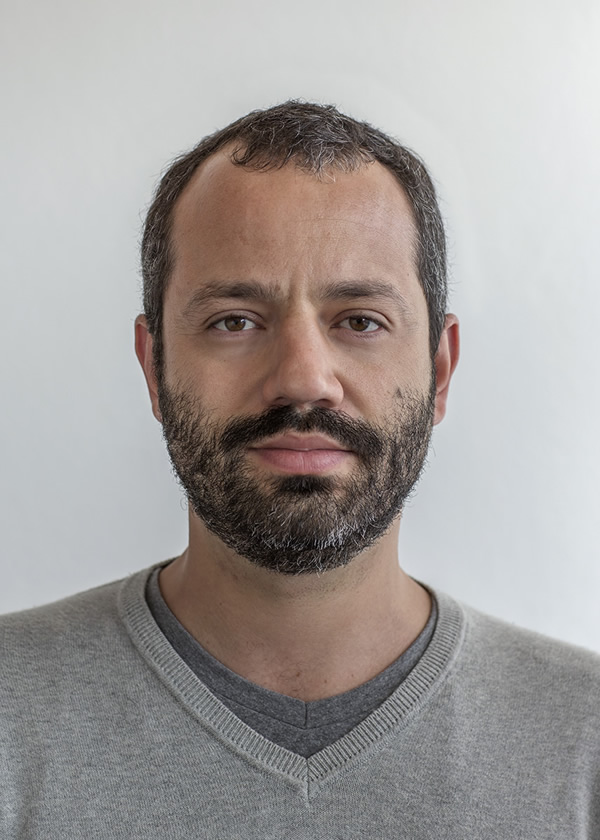
You can find Renato Stockler
on the Web :
Copyrights:
All the pictures in this post are copyrighted to Renato Stockler. Their reproduction, even in part, is forbidden without the explicit approval of the rightful owners.

